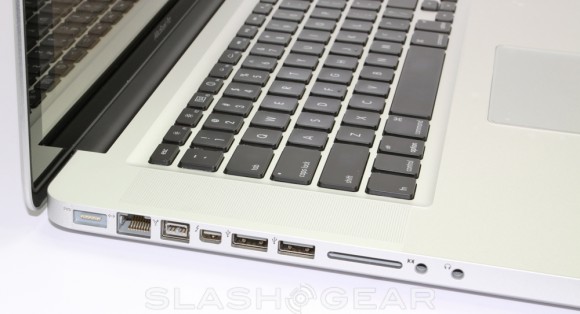

Improved versions of the prism sheet have a wavy rather than a prismatic structure, and introduce waves laterally into the structure of the sheet while also varying the height of the waves, directing even more light towards the screen and reducing aliasing or moiré between the structure of the prism sheet and the subpixels of the LCD.

In IPS, a layer of liquid crystals is sandwiched between two glass surfaces. Due to persistence of vision, the 3 monochromatic images appear as one color image. While you easily find an IPS panel with a refresh rate of 144Hz, some of the latest ones come with a refresh rate of 360Hz. , Some LCD panels have defective transistors, causing permanently lit or unlit pixels which are commonly referred to as stuck pixels or dead pixels respectively. Later, LG Display and other South Korean, Japanese, and Taiwanese LCD manufacturers adapted IPS technology.


 0 kommentar(er)
0 kommentar(er)
